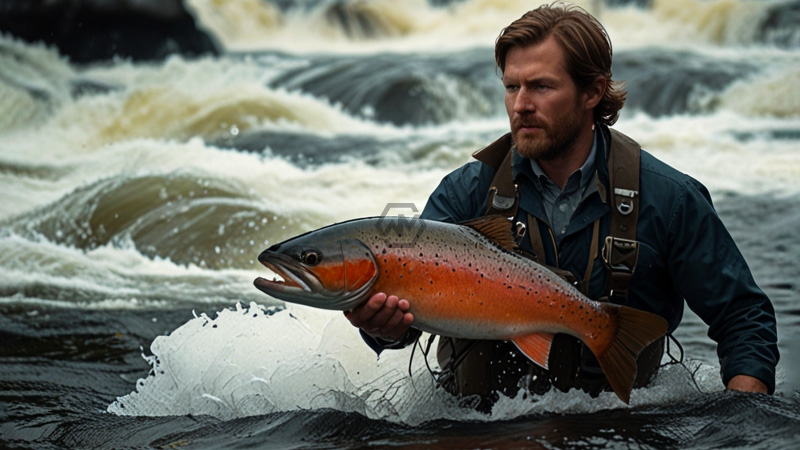- Southeast Alaska’s king salmon sport fishery is closed for a month to stay within international treaty limits.
- State officials indicate that the closure is due to higher-than-expected salmon abundance, not population concerns.
- Future adjustments to the management model and policy revisions are planned to address the issue.
The Southeast Alaska sport fishery for king salmon is temporarily closed due to exceeding international catch limits set by the Pacific Salmon Treaty.
The closure, which will last a month, is a response to sport anglers potentially surpassing their allocated share of the catch, despite higher-than-expected salmon numbers this year.
Management Model Under Scrutiny After Southeast Alaska King Salmon Fishery Closure
This situation reflects a broader issue with the current management model, which relies on preseason forecasts rather than adjusting for real-time conditions. Although the king salmon population appears robust, the existing system does not accommodate higher-than-expected fish abundance, leading to unnecessary restrictions on fishing activities.
The state plans to work with the Pacific Salmon Commission to explore adjustments to the management model that would allow for more flexible in-season management. The Alaska Board of Fisheries will also review and potentially revise its king salmon management policies at its upcoming meeting.
The closure has had a significant impact on sport anglers and tribal communities, underlining the need for a more responsive management approach. By addressing these issues, future regulations may better balance conservation efforts with user needs.
The month-long closure of the Southeast Alaska king salmon sport fishery underscores the urgent need for a more adaptable management system. Adjusting policies to account for real-time fish abundance could prevent similar disruptions in the future.
“When the abundance of fish is higher than the preseason forecast, these guys go out and catch fish. And if there’s a lot for them to catch, they’re catching more, so they’re going above their 20% allocation,”



